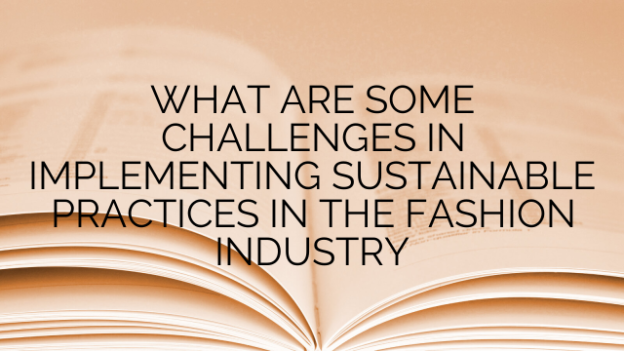There were a few notable challenges my team and I faced during this project.
The first was securing buy-in across various stakeholder groups. As you can imagine, a project of this scope touched on nearly every department within the organization. We needed participation, collaboration, and compromise from people who didn’t initially see the value of this investment or understand how it would impact their day-to-day work. Gaining support took patience, empathy, and more than a few long meetings to discuss priorities, trade-offs, and potential benefits.
Another hurdle was managing expectations as requirements and timelines inevitably shifted. When working with new technologies, integrating complex systems, and coordinating among large teams, things rarely go exactly as planned. We had to balance the need for transparency when issues arose with preventing delays from spiraling out of control. Over-promising risked damaging credibility, but too many missed deadlines threatened support. Communications was key, as was accountability in putting fixes in place.
Data migration presented unique problems as well. Extracting, transforming, and transferring huge volumes of information from legacy databases while minimizing disruption to operations was a massive technical and logistical feat. We discovered numerous cases of corrupt, incomplete, or incorrectly structured records that required extensive preprocessing work. The amount of testing and retesting before “flipping the switch” on the new system was immense. Even with contingency plans, unplanned maintenance windows and bug fixes post-launch were to be expected.
Organizing and leading a distributed team across different regions and time zones also posed its own coordination difficulties. While cloud collaboration tools helped facilitate communication and project management, the lack of in-person interaction meant certain discussions were harder and delays more likely. Keeping everyone on the same page as tasks were handed off between locations took extra effort. Cultural differences in working styles and communication norms had to be understood and accommodated for productivity and morale.
Ensuring the reliability, performance, and cybersecurity of cloud services and infrastructure exceeded our expectations and industry standards was of paramount importance. We had stringent standards to meet, and anything less than perfect at go-live carried risks of a major credibility blow. Extensive load testing under real-world usage scenarios, third-party security audits, regular penetration testing, and simulated disaster recovery scenarios were all required. Even with diligent preparation, we knew post-launch support would need to be very robust.
Change management across boundaries, expectation management, successful data migration at scale, distributed team alignment, and guaranteed platform quality assurance were the primary challenges we had to solve iteratively throughout the project. It required meticulous planning, communication, testing, and the full commitment of every team member to get through each hurdle and progress towards our goals. With the right approaches and continued diligence, I believe we were able to overcome significant barriers and deliver value to the business in a secure, scalable way.

